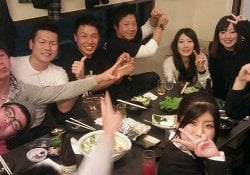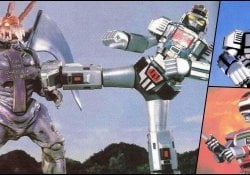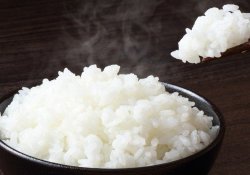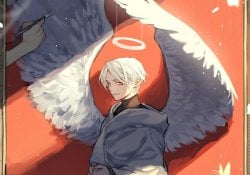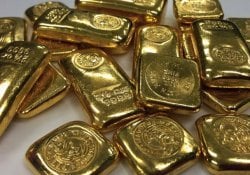Haiku (俳句) or Haikai (俳諧) is a style of poetry, which emerged in the 16th century, spread in Japan and has been spreading throughout the world during this century.
Haiku values conciseness and objectivity, many of its poets were Zen Buddhist masters, who expressed much of their thoughts in the form of myths, symbols, paradoxes and poetic images.
Haiku is a Japanese form of poetry that typically has three lines, with seventeen syllables in total. The first line has five syllables, the second line has seven, and the third line has five. Haiku traditionally focuses on nature, and often includes a seasonal word (kigo), but this is not necessary.
We also recommend reading:
- Karuta - The game of 100 poems
- Kotowaza – Short Japanese Proverbs
- Ichariba Choode - The union in Okinawa sayings
Índice de Conteúdo
What is a Haiku Poem?
Haiku is a type of Japanese poetry that is typically characterized by three qualities: (1) Focus on nature or the seasons. (2) A brief and simple style. (3) A present emphasis.
Haiku poems are written in three horizontal lines that express not only the delicate oriental sensibility, but human reactions to the world around them.
It is the art of saying the most with the least, which captures a moment of experience, an instant in which the simple suddenly reveals its inner nature and makes us look again at the observed, at human nature, at life.
The Haikai or Haiku (as it is known in the West) generally characterized by 4 aspects or rules:
- Traditional haiku consists of 17 Japanese syllables, divided into three verses of 5, 7 and 5 syllables
- It usually has some reference to nature, a kigo (seasonal reference);
- Refers to a particular event (that is, it is not a generalization)
- They usually present an event that is "happening now" rather than in the past;
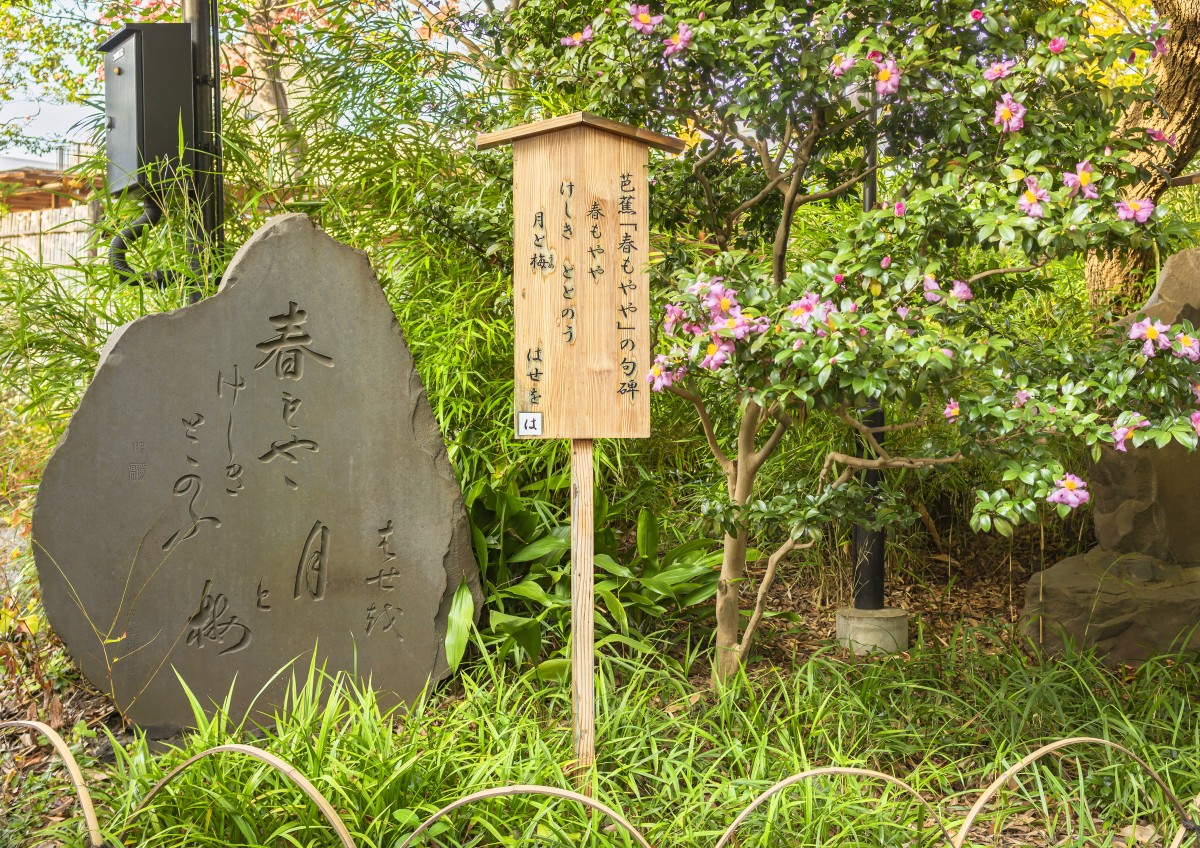
What is the origin of Haiku?
Haiku is called “incomplete” poetry because it requires the reader to finish the text with their own heart. Haiku was born from haikai no renga, a collaborative group poem that is typically one hundred lines in length.
The hokku, or initial verse, of the collaborations renga indicated the season and also contained a cut word. The haikai of this style continues to follow its tradition.
Haiku began as a form of waka, or Japanese court poetry, in the 13th century. It was only in the 17th century that short Japanese poetry began in its current form.
The haiku masters Basho, Buson, and Issa are responsible for much of the form's development and popularity.
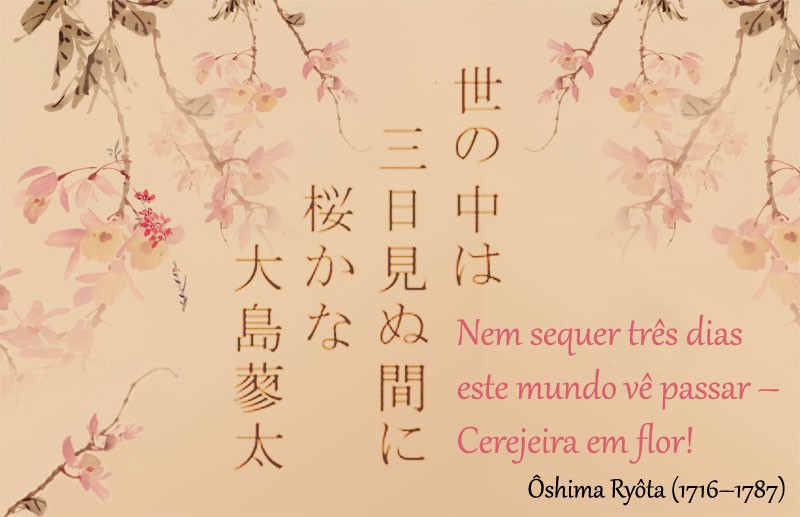
Haijin - Poets of few words
Haijin (俳人) is the name given to poets. Haiku are so simple that nowadays anyone can be a Haijin, even a child.
Contemporary haiku poets may write poems that are just a short fragment with three or even fewer words.
But of course, throughout the history of Japan we have had several names that have shaped Haiku and its history, among them the most famous is Matsuo Basho.
Matsuo Basho
Matsuo Bashō is considered the most famous haiku poet, his poetry is still widely read and studied today. Her haiku often focuses on the simple beauty of nature, and the fleeting moments of joy that can be found in everyday life.
Matsuo Basho is one of the most famous poets of the Edo period and the most active figure in Japanese haikai during the second half of the 17th century.
He's done his life's work, transforming Haiku into a literary genre. For Bashō, Haikai involved a combination of comic play and spiritual depth, ascetic practice and involvement in human society.
He composed haiku masterpieces in a variety of genres, including renku, haibun, and haiga. In contrast to the traditional Japanese poetry of his day, Bashō's Haiku is about the everyday lives of ordinary people, figures in popular culture, people like beggars, travelers and farmers.
In crystallizing the newly popular Haikai, he played an important role in giving birth to modern Haiku, which reflected the common culture.
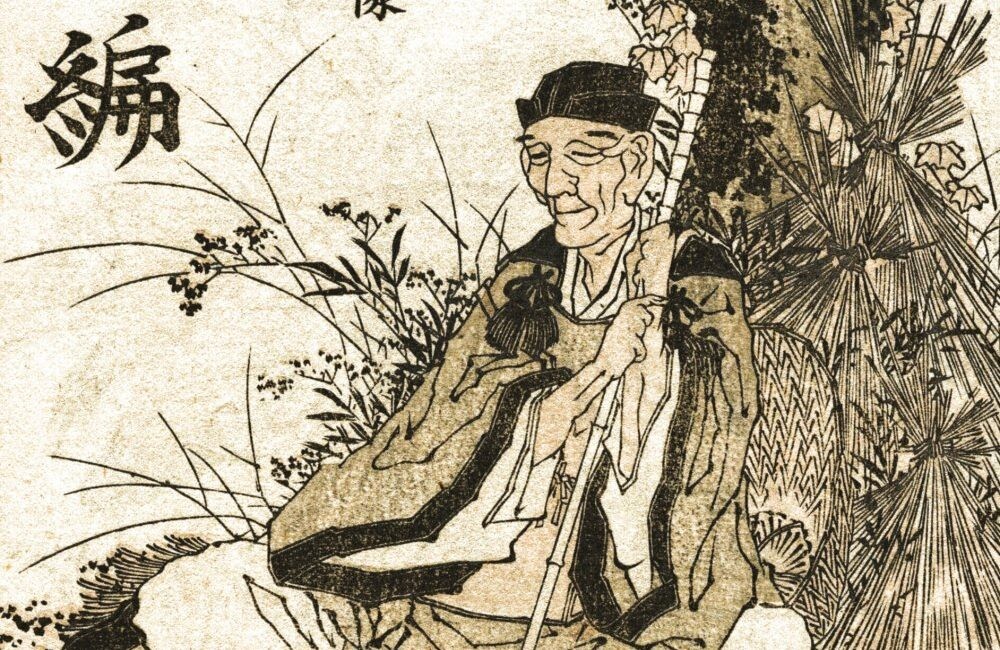
Other Haikai Names
Other great names in the Haikai style were Yosa Buson (1716–1783), Kobayashi Issa (1763–1827), and Masaoka Shiki (1867–1902), known for reforming and modernizing Haikai poems.
Haikai also came to Brazil. The poet Afrânio Peixoto (1875-1947), in 1919, in his book “Trovas Populares Brasileiras”, fixes the form of the Brazilian hakai (5-7-5).
In 1922, Haiku in its Japanese poetic form was discussed and practiced by the poets of the “Week of Modern Art”. Oswald de Andrade adopts it in Pau Brasil (1925).
Waldomiro Siqueira Jr., launched the first book of hakais in Brazil in 1933. Guimarães Rosa in 1936 receives an award from the Brazilian Academy of Letters with “Magma”.
The article is still halfway through, but we recommend also reading:
Examples of Haikai
Enjoying Haikai in Japanese is not so simple for those of us who don't know the language. I will only quote the translation of some of these famous Haikai.
Remembering that the translation of the poem's line is not exactly the same, the Japanese grammar differs, so some words may have been on another line or changed positions in the translation.
Matsuo Basho's best-known Japanese haiku the "old pond":
- 古池や - ふるいけや - Old pond..;
- 蛙飛び込む - かわずとびこむ - a frog jumps on it
- 水の音 - みずのおと - the sound of water
Matsu Basho's poem:
- 初しぐれ - はつしぐれ - the first cold bath
- Even monkeys want
- ほしげ也 - ほしげなり - a small straw coat
Isa's Poem:
- 江戸の雨 - えどのあめ - how many gallons
- 何石呑んだ - なんごくのんだ - from the Edo rain did you drink?
- 時鳥 - ほととぎす - cuckoo
Made by Brazilians:
- Long live Brazil
- where the whole year
- it's April 1st
- in Millôr Fernandes
————————————————-
- Derrete-se o gelo;
- However, if the water is cooled:
- It's cold, I burn…
- in Afrânio Peixoto.
———————————————
- Quietly
- without a cackle
- the Night lays the egg of the moon ...
- in Mario Quintana.
There are also several other sites that followed this trend of creating poems with 3 lines and 17 syllables. You can check out numerous Haiku by browsing the internet.

